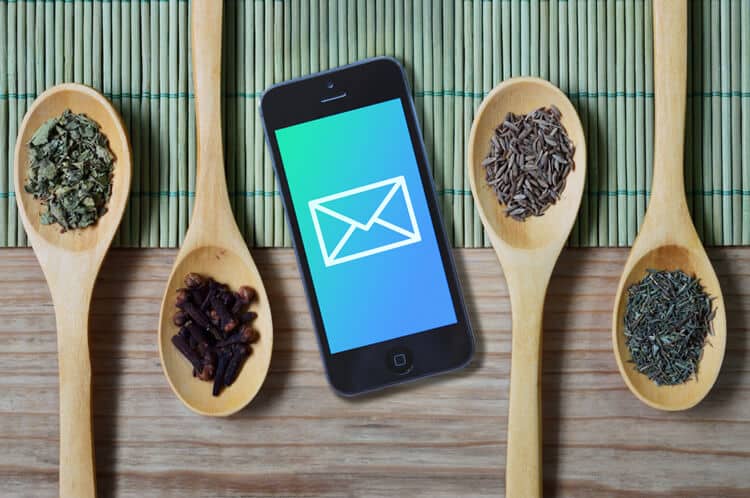Email marketing is one of the most powerful communication channels to reach out and engage customers across multiple devices. It’s a great medium to boost brand awareness and deliver rich targeted content to your loyal brand advocates.
In fact, worldwide mobile email users are expected to total over 2.2 billion by the end of 2018, indicating that the reach of this channel is not slowing down anytime soon. What’s changed however is customers’ expectations of email messaging and their tolerance of irrelevant content . The top reasons for U.S. email users to unsubscribe from a business or non-profit email subscription are that they have received too many emails (69%) or content that is no longer relevant (56%) according to Chadwick Martin Bailey.
It’s clear that marketers can no longer rely on batch-and-blast email marketing tactics to effectively connect with their audience. So how can marketers stand out in a crowded inbox and deliver value to the end-user? Here are 6 key ingredients to conquering email marketing in the multi-channel era:
1. Omni-Channel Customer Understanding
In order to deliver highly personalised email campaigns, marketers must build up a rich customer profile that draws on cross-channel behavioural insights from multiple data points, including mobile, web, social and offline activity. If your marketing is only based on how your customers interact with your emails, you are only seeing one small fraction of the picture, and you’re missing the opportunity to truly personalize your emails in the way customers expect.
2. Intelligent Segmentation
Modern email tools make it easier for you to drill down deeper into their customer data and create segments, based on event and attribute data. Attributes are descriptors of your customers (e.g. gender, location, device type) while events are actions that your customers have taken (e.g number of sessions, last item purchased and push opt-in status). When this information is combined together, it creates powerfully targeted segments, allowing marketers to engage in a much more strategic manner.
Case Study
A compelling example could be a coffee loyalty app user. Up until recently, the customer has bought a flat white and muffin every morning at 8.30am. But there has been no sign of this user in-store the past seven days. It could just be the case that she is on holidays.
When this data is cross-referenced with location data, however, using geo-fences around the cafe, we can see that she has actually passed by every day this week at the usual time. To win this customer back, the coffee retailer sends the user a personalised ‘We miss you’ email, offering the user a free coffee and pastry on her next visit.
3. Dynamic Targeted Content
To maximise the level of personalisation, email marketers should include dynamic URLs in the email body text (e.g., a link to last article, product, or plan viewed) to make every experience simple for the end user. You can also dynamically change the images in your email marketing campaigns to better appeal to subscribers. For example, a fashion retailer might customise the types of clothing they display to promote their summer sales, based on the user’s in-app behaviour and their browsing behaviour in-store.
4. Mobile-First Design
It’s amazing how many emails are still being sent with only desktop-clients in mind. In fact, only 17% of companies are truly thinking mobile first, by using responsive design in all the emails they send to customers, according to Yesmail. To truly optimise your user experience, it’s vital to adopt a mobile-first design perspective in your email marketing. This includes utilising mobile-ready templates, shortening the subject line, increasing the size of the CTA button and using mobile-ready landing pages.
5. Integrated Cross-Channel Engagement Strategy
To effectively execute multi-channel marketing, marketers need to adopt an integrated engagement strategy. Email, mobile and web messaging campaign strategies must work in tandem to deliver an experience best suited for the individual, regardless of the channel. Based on a user’s email behavioural engagement, for example, an e-commerce brand could trigger a personalised push notification campaign to be delivered 48 hours later.
Email marketing has evolved significantly over the past few years. Having a unified marketing engagement CRM allows marketers to go one step further and communicate intelligently with their customers by email and other engagement channels, using insights-driven communications that generates real results.
Related reading: 5 strategies to improve your mobile app marketing campaigns
